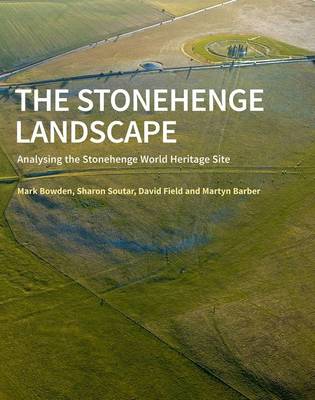
Je cadeautjes zeker op tijd in huis hebben voor de feestdagen? Kom langs in onze winkels en vind het perfecte geschenk!
- Afhalen na 1 uur in een winkel met voorraad
- Gratis thuislevering in België vanaf € 30
- Ruim aanbod met 7 miljoen producten
Je cadeautjes zeker op tijd in huis hebben voor de feestdagen? Kom langs in onze winkels en vind het perfecte geschenk!
- Afhalen na 1 uur in een winkel met voorraad
- Gratis thuislevering in België vanaf € 30
- Ruim aanbod met 7 miljoen producten
Zoeken
The Stonehenge Landscape
Analysing the Stonehenge World Heritage Site
Mark Bowden, Sharon Soutar, David Field, Martyn Barber
Paperback
€ 41,95
+ 83 punten
Omschrijving
This illustrated book contains new information and interpretations about Stonehenge itself and parts of its landscape history that have not been covered before.
Specificaties
Betrokkenen
- Auteur(s):
- Uitgeverij:
Inhoud
- Aantal bladzijden:
- 176
Eigenschappen
- Productcode (EAN):
- 9781848021167
- Verschijningsdatum:
- 1/07/2015
- Uitvoering:
- Paperback
- Afmetingen:
- 223 mm x 278 mm
- Gewicht:
- 816 g

Alleen bij Standaard Boekhandel
+ 83 punten op je klantenkaart van Standaard Boekhandel
Beoordelingen
We publiceren alleen reviews die voldoen aan de voorwaarden voor reviews. Bekijk onze voorwaarden voor reviews.









